
Review on 📶 Proxicast Ultra Broadband LPDA High Gain 3G / 4G / LTE/xLTE/Wi-Fi/Public Safety Band Fixed Mount Directional Antenna - 9/11 dBi (698-960/1710-2700/4400-4900 MHz) by Robert Norris

High Quality Internet Backup Antenna
I have decided to setup a backup internet connection to use during long weather outages of our cable internet. Due to the topography of the land around my farmhouse, we don't have a useful cellular connection with a portable device like a cellular-enabled iPhone or iPad. My plan was to replace the cable modem function with a cellular modem and a directional antenna mounted high up in front of my house. I bought a Netgear Nighthawk M1 (MR1100) mobile router that offers an Ethernet port instead of a cable modem. Since the M1 has 2 MIMO (TS-9) antenna connectors, I decided to buy a pair of these Proxicast 9/11dBi ultra wideband antennas and mount them perpendicular to each other on my mast. During testing, I pointed the antenna mast toward every cell tower I knew, then checked the RSRP and ran the speed test. This M1 cellular router promises amazing speeds, but since my antennas aren't seeing a good signal, my speeds are closer to a DSL connection, but that's what I expected. Strangely, my M1 was always connected to the same Cell ID wherever I pointed the antennas, with performance differences depending on azimuth. I mapped the location of all nearby cell phone towers that I knew from physical surveying, then calculated the bearing and distance to each of my homes to help with antenna installation. I made the wrong assumption that I should connect to the tower at azimuth 51 degrees, 4.0 km (2.4 miles) because I was biased by my knowledge of the terrain in that direction. Finally, I used the OpenCellID.org database to find the GPS coordinates of the tower I connected to and was surprised to find the bearing was 147 degrees, 8.25 km (5 miles). So go to the roof and turn the mast towards this bearing. I'll leave it at that as the average of half a dozen speed tests today gives 8.2Mbps D/L, 1.5Mbps U/L, 28ms average ping on ATT Mobile on LTE B 12 (700MHz). . I can live with this performance in emergency situations, especially since it will be available throughout the house via my existing WLAN network. Now that I've demonstrated this concept to myself, I intend to replace the Nighthawk M1 with another cellular router that can be configured to "failsafe" and will also work with any US carrier depending on the SIM card I have use . The Proxicast antennas appear to be well made and I am happy with them. I had to modify the included brackets to allow clearance when mounting the antennas at the 45 degree angle required for MIMO installation, but I expected the same from another review. The brackets supplied were NOT the ones shown in the MIMO setup image. Before finding out the true bearing of an LTE cell tower, I tried the Proxicast panel-type MIMO antenna. As it turns out, this could be a cheaper solution compared to this pair of ultra-wideband antennas if I just aim correctly.
- Glitter
- Problem
New products
Comments (0)
Top products in 📡 Network Antennas
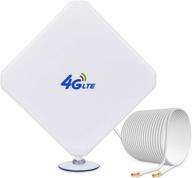
Boost Mobile Signal with 4G LTE Antenna TS9 - Dual 📶 Mimo WiFi Amplifier for Huawei Hotspot - Long Range High Gain Antenna

9 Review
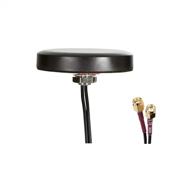
📶 Proxicast Ultra Low Profile MIMO 3G / 4G / LTE Omni-Directional Screw-Mount Antenna for Verizon, AT&T, Sprint (and Others) Modems & Routers with SMA External Antenna Ports

9 Review
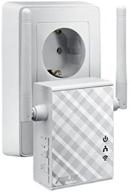
Asus RP-N12 N300 WLAN Repeater 🔁 802.11 B/G/N - Boost Your Wireless Range!

10 Review

📶 Hawking HAI6SIP: Boost Your Wireless Signal Range with Hi-Gain 6dB Omni-Directional Antenna

9 Review
Another interesting products
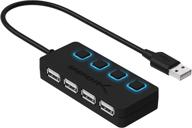
HB-UMLS Sabrent USB 2.0 Hub with 4 Ports and LED Power Switches for Each Port

12 Review

🔌 CERRXIAN RS232 to Ethernet Serial Device Server - TCP/IP Converter with 1Port DB9 RS232 Serial to Ethernet Connectivity

3 Review

🔌 Juiced Systems Silver BizHUB USB-C Multiport Gigabit HDMI Hub with 3 USB 3.0 Ports, Gigabit Ethernet, 4K HDMI, SD/Micro SD, and USB-C Power Delivery

11 Review
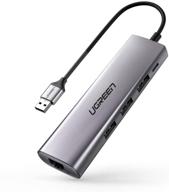
UGREEN USB 3.0 Ethernet Adapter Hub with RJ45: Fast Gigabit Ethernet Converter, 3 Ports USB 3.0 Hub Compatible for MacBook, iMac, Surface Pro, Chromebook, Laptop, PC

11 Review

